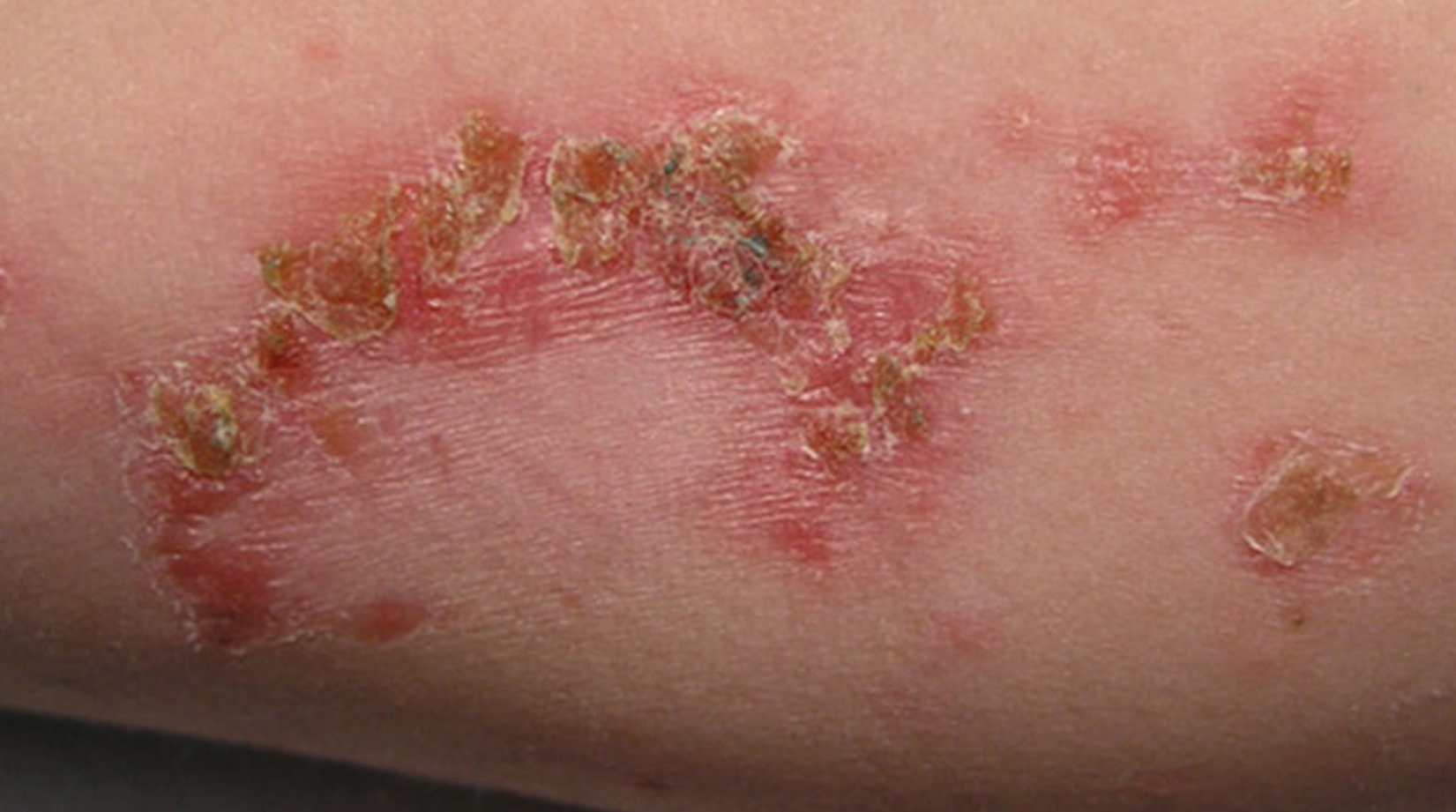
What is it ?
A bacterial infection is a condition where a harmful strain of bacteria proliferates either inside or outside the body. They can affect any part of the body.
Common Symptoms
Some of the common symptoms of bacterial infection are:
- Pus
- Blisters
- Breakdown of skin
- Discoloured and painful skin
How Does Bacteria Spread?
Pathogenic bacteria or the harmful bacteria have to gain access into the body to cause the infections. They can enter our body through many routes, some of them are:
- Cuts
- Contaminated food or water
- Close contact with an infected person
- Contact with faeces of an infected person
- Inhaling the exhaled air of infected person when he/she sneezes or coughs
- Indirect contact by touching contaminated surfaces like taps, door locks etc.
Types Of Bacteria Infections
The following bacteria usually cause bacterial infections:
|
|
|
|
|
|
Some of the common bacterial skin infections are:
- Cellulitis: This causes the occurrence of a painful and red infection that is warm to the touch. It appears usually on the legs but it can occur on any part of the body.
- Folliculitis: This causes the occurrence of red and swollen bumps similar to pimples that affect the hair follicles. This bacterial infection is usually found in patients who frequent swimming pools or hot tubs, not properly treated and cleaned, as the bacteria that cause this infection reside in such places.
- Impetigo: This is usually seen in toddlers and pre-school children where oozing sores are found. The two types of Impetigo are:
- Bullous form causes large blisters
- Non-bullous form appears with a yellow, crust.
- Boils: These are firm, red and tender bumps that can get aggravated if the pus gets accumulated beneath the skin. They usually start appearing in the hair follicles if there are deep skin infections.
Diagnosis
The doctor normally conducts a physical examination of the skin, as in most cases, the doctor can identify the type of bacterial infection based on the appearance and location of the infection.
The doctor will also ask the patient for the different symptoms experienced by the patient and will examine the bumps, rashes or lesions closely.
Treatment
Bacterial Skin infections can be treated with Oral or topical antibiotics. However, this usually depends on the bacterial strain causing the infection.
Doctors usually prescribe antibiotics, as they are effective in fighting bacterial infections. What it does is, it disrupts the bacterial cell’s processes required for its growth and proliferation. Patients are advised to take the antibiotics exactly as prescribed, as the infection can get worse, if not taken properly.
The commonly prescribed Antibiotics by doctors for a bacterial infection are:
- Amoxicillin
- Keflex (cephalexin)
- Augmentin (amoxicillin/potassium clavulanate)


